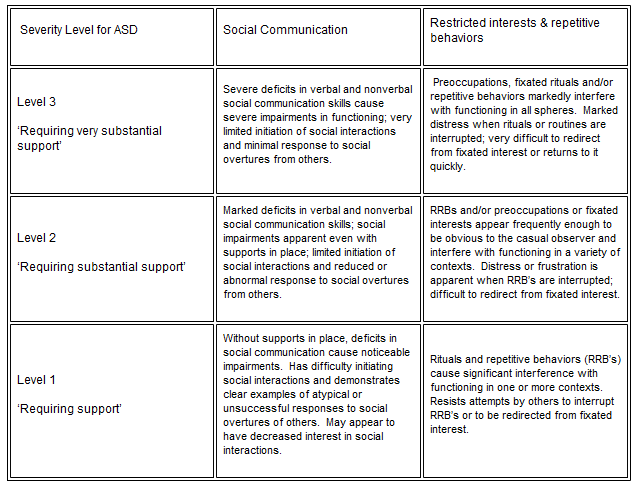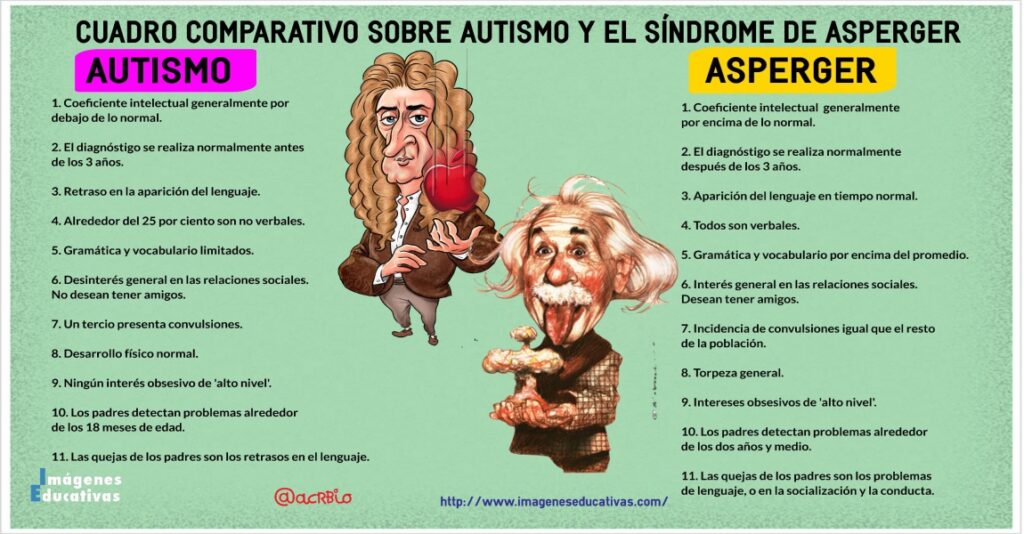Asperger’s Syndrome, often abbreviated as AS, is a developmental condition that falls under the broader category of Autism Spectrum Disorder. While it was once considered a separate diagnosis, it is now recognized as part of the autism spectrum. This article delves into the key facts, symptoms, and available support for individuals living with this condition.

Understanding Asperger’s Syndrome
Asperger’s Syndrome is a neurodevelopmental disorder characterized by challenges in social interaction, restricted interests, and repetitive behaviors. Unlike other forms of autism, individuals with this condition typically do not experience significant delays in language development or cognitive abilities. Instead, their difficulties often manifest in understanding social cues, maintaining relationships, and adapting to changes in routine.
Historical Background
The syndrome was first described by Austrian pediatrician Hans Asperger in the 1940s. However, it wasn’t until the late 20th century that the condition gained widespread recognition. Initially considered distinct from autism, it was later incorporated into the autism spectrum due to overlapping characteristics and shared underlying traits.
Key Characteristics and Symptoms
Individuals with Asperger’s Syndrome exhibit a range of symptoms that can vary in intensity and impact. Below are some of the most common characteristics:
Social Interaction Challenges
- Difficulty with Nonverbal Communication: People with this condition may struggle to interpret facial expressions, body language, and tone of voice, making it hard to understand others’ emotions or intentions.
- Limited Eye Contact: They might avoid making eye contact during conversations, which can be perceived as disinterest or aloofness.
- Trouble Forming Friendships: Building and maintaining friendships can be challenging due to misunderstandings or an inability to engage in small talk or casual social interactions.
Repetitive Behaviors and Restricted Interests
- Intense Focus on Specific Topics: Many individuals develop an extraordinary level of expertise in particular subjects, such as astronomy, history, or technology, and may want to discuss these topics extensively.
- Rigid Adherence to Routine: A strong preference for consistency and predictability can lead to distress when routines are disrupted.
- Repetitive Movements: Some may engage in repetitive actions like hand-flapping, rocking, or pacing, especially when feeling anxious or overwhelmed.
Cognitive and Sensory Differences
- Exceptional Attention to Detail: Individuals often excel at noticing patterns or details that others might overlook, which can be advantageous in certain fields like science or engineering.
- Sensory Sensitivities: They may experience heightened sensitivity to sounds, lights, textures, or smells, leading to discomfort in environments that others find tolerable.
Diagnosis and Assessment
Diagnosing this condition involves a comprehensive evaluation conducted by healthcare professionals, including psychologists, psychiatrists, and developmental specialists. The process typically includes:
Developmental History Review
A detailed review of the individual’s early childhood, educational background, and family history helps identify patterns consistent with the condition.
Behavioral Observations
Professionals observe how the individual interacts with others, handles transitions, and responds to various stimuli to assess social and behavioral traits.
Standardized Tests
Specific tools designed to measure social communication skills, adaptive functioning, and cognitive abilities provide additional insights into the individual’s strengths and challenges.
Support and Interventions
While there is no cure for this condition, numerous strategies and interventions can help individuals thrive and lead fulfilling lives. These include:
Social Skills Training
This type of therapy focuses on teaching practical skills such as initiating conversations, interpreting nonverbal cues, and navigating group settings. Role-playing exercises and real-life practice scenarios are commonly used techniques.
Cognitive Behavioral Therapy
Cognitive behavioral therapy addresses anxiety, depression, and obsessive thoughts that sometimes accompany the condition. It equips individuals with coping mechanisms to manage stress and regulate emotions effectively.
Educational Support
Specialized education plans, such as Individualized Education Programs, ensure that students receive tailored accommodations and resources to succeed academically. Teachers trained in supporting diverse learners play a crucial role in fostering a positive learning environment.
Occupational Therapy
Occupational therapists work with individuals to improve fine motor skills, sensory processing, and daily living activities. They also provide strategies for managing sensory sensitivities in everyday situations.
Parent and Family Support
Families benefit from counseling, support groups, and workshops that offer guidance on understanding and supporting their loved ones. Educating family members about the condition promotes empathy and strengthens relationships.
Misconceptions and Stigma
Despite growing awareness, misconceptions about this condition persist. Addressing these myths is essential for reducing stigma and promoting acceptance:
Myth: Individuals Lack Empathy
Contrary to popular belief, people with this condition do experience empathy but may express it differently. Their difficulty lies in recognizing and responding to emotional cues rather than lacking compassion altogether.
Myth: It Only Affects Children
While symptoms often become apparent in childhood, the condition continues into adulthood. Adults face unique challenges related to employment, relationships, and independent living.
Myth: All Individuals Are Geniuses
Although some individuals possess exceptional talents, not everyone with this condition demonstrates savant-like abilities. Each person has their own set of strengths and weaknesses.
Building Inclusive Communities
Creating supportive environments requires collective effort from schools, workplaces, and communities. Here are some ways to foster inclusivity:
In Schools
- Implement anti-bullying policies to protect vulnerable students.
- Encourage peer mentoring programs to promote friendship and collaboration.
- Provide teacher training on neurodiversity and inclusive teaching practices.
In Workplaces
- Offer flexible work arrangements to accommodate sensory needs and preferences.
- Conduct diversity training sessions to raise awareness among colleagues.
- Create quiet spaces where employees can retreat if they feel overstimulated.
In Communities
- Organize events and activities that celebrate differences and encourage participation.
- Partner with advocacy organizations to amplify voices within the community.
- Ensure public spaces are accessible and accommodating for individuals with sensory sensitivities.





